What’s in a label? Organic, fresh, and all natural ingredients
As I opened a can of soup this week I noticed the “all natural” label on a can with an expiration date several months out. This got me wondering about product labels like “all natural,” “fresh,” and “organic.” Who is policing them and what do the labels really mean?
Weekly Environmental News – March 10, 2013
Game Changer: Whole Foods Market to require GMO labels Despite the blessings of FDA and WHO that food containing genetically modified organisms (GMOs) is safe, consumer are exercising their “right to know” and have made great strides in the fight to see labeling on grocery store shelves.Whole Foods Market stores in the U.S. and Canada [...]
Weekly Environmental News – March 3, 2013
Shell Oil to suspend drilling for 2013 Big news this week as Shell Oil Company announced the decision to suspend drilling in the Arctic Ocean for 2013. Give them some applause, if you’d like, for taking safety precautions, but hold off on the standing-ovation; they plan to resume drilling in 2014.
Waste Not, Want Not? Recycling in Your Area and Around the Nation
Article by Shannon Gray and Carolyn Anthon. Recycling means different things to different people. For some, it is second nature to separate every paper, glass, plastic, and aluminum item from regular trash. Others simply don’t bother. While many are familiar with the outcome of not recycling (haven’t we all seen images of the tortured waterbirds and [...]
A Really Tough Class: Studying Geology in the Bahamas
Which course offers sun, sand, and a clear turquoise sea — in January? It’s the “Coral Reefs and Caves: The Geology of The Bahamas” course in the Environmental Sciences & Policy program. I took it this year and can confirm it’s just as good as it sounds, although it’s not all fun and games (we [...]
Neighbors Leery of City Plan to Repurpose Drinking Water Reservoir
In 2006, the EPA mandated more stringent regulations for finished drinking water storage in order to ensure public health and safety. As the Baltimore City Department of Public Works designs the project plan for Druid Hill Reservoir, one of several sites in the city that must come under compliance by the June 25, 2018 deadline, [...]
Weekly Environmental News – February 25, 2013
The top stories included a climate rally over a proposed Keystone XL pipeline, a simple way New York City could reduce its carbon footprint, the rapid loss of grasslands due to federal biofuel mandates, the outlook for wild weather, and what happens when fish take antianxiety drugs.
From Cradle to Grave – Life Cycle Assessments
There are many ways to measure the environmental footprint of a person, product or service. You may have seen calculators for determining your carbon footprint, air and water quality measures, various “green” certifications and labels, and a relatively new term in the history of environmental studies: life cycle assessments (LCA).
Professor Profile: David Curson, Bird Man
David Curson teaches two courses in the AAP Environmental Sciences & Policy program: Principles of Ecology and Field Methods in Ecology. He is Director of Bird Conservation for Audubon Maryland-DC, which is a state office of the National Audubon Society. He spoke with us about his job, a project underway on the Eastern Shore, and [...]
Can You Compost?
Have you ever wanted to compost your food scraps but felt limited by the size of your home or lack of local resources?
New Blog on the Block
The environmental field has always lived at the juncture of science, policy and human experience. The Environmental Studies graduate program at Hopkins shares that space while embracing the range of interests and approaches of our diverse student body. When I first envisioned creating a publication for the program I knew there was plenty to say. [...]

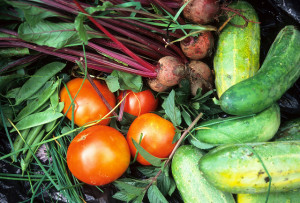
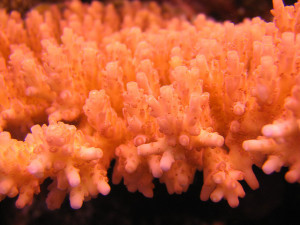
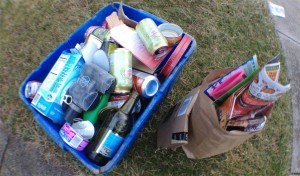
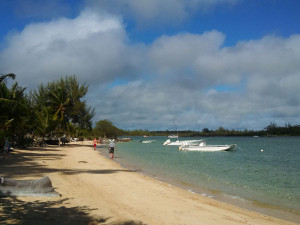
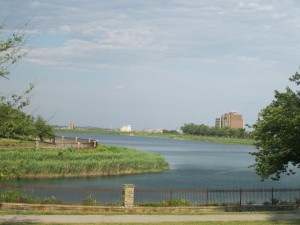


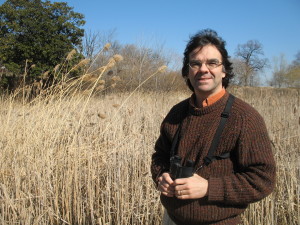
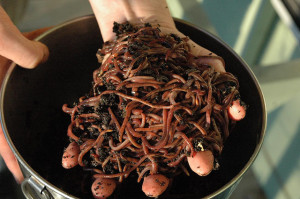
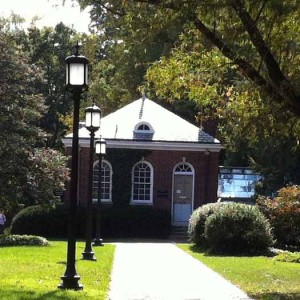

Recent Comments